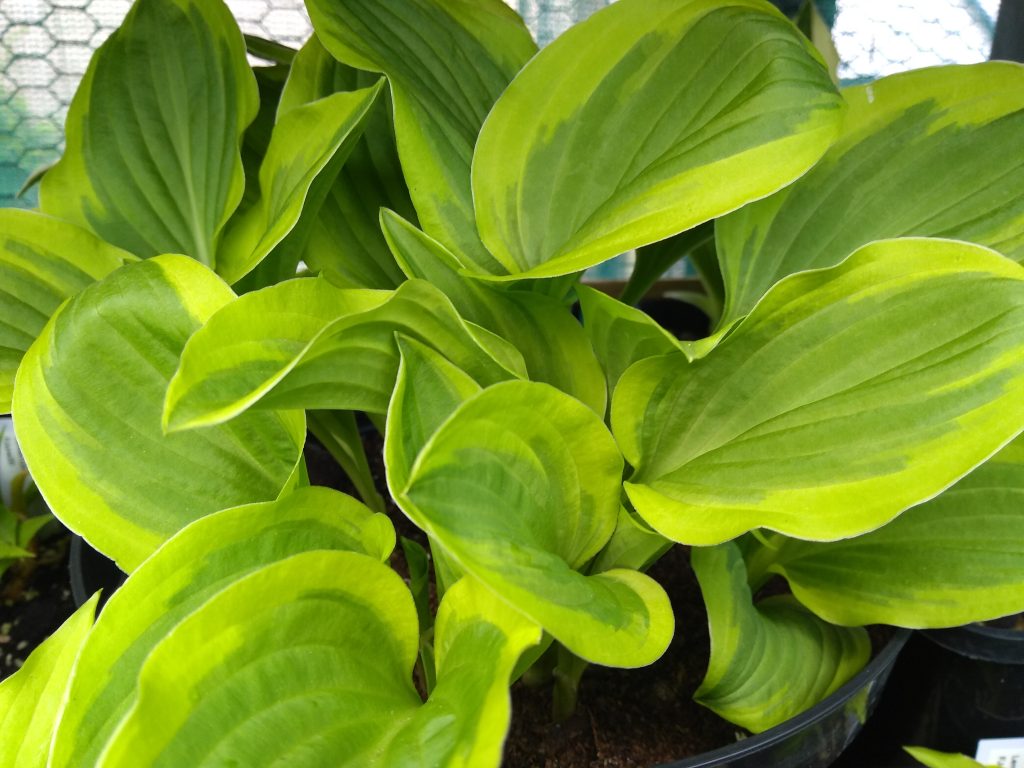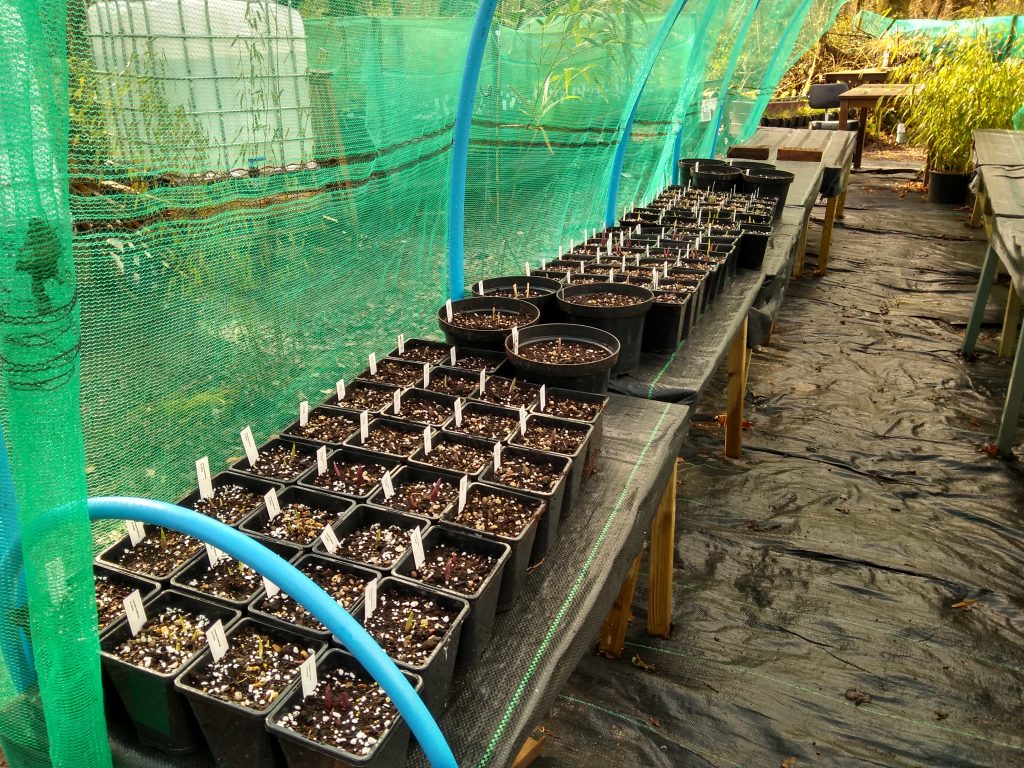Well it is that time of year again, Valentines day, February 14th and it is time to start drenching Garlic into the pots to give you that head start for the year.
Why do we do this? Well by starting the process now it affects the eggs of slugs and snails that are in the pots and any that come into contact with the solution will not develop. Also the small black slugs that are in the pot’s soil tend to die. So by doing the drench it gives you a month or so’s head start on the season and you only have to contend with the slug/snail population that is elsewhere in yours and your neighbours gardens.
When we do the drenching we make a stronger/double solution to ensure that we thoroughly drench the pots.
Note of Caution: Never buy your garlic mixture, always make it yourself and dispose of and make fresh every 2 to 3 months. Your mixture can go off and it looses its garlic smell and becomes quite rancid! The other reason for not keeping your mixture for too long is that it can develop botulinum which can be very nasty, so always wash your hands.
How we make our Garlic.
We take 1 to 2 garlic bulbs (not cloves, but whole bulbs) This amount varies dependent on your bulb size and strength.
Cut horizontally across the middle to expose the garlic, place in a pan of water with 1 to 2 litres of water, crush and boil for 10 to 15 minutes or until it stinks the house out. You can’t over cook it and again garlic varies in strength.
Let the mixture cool.
Sieve the mixture to take the bits out and put it in a bottle.
For normal spraying mix we take about 4 table spoons to a gallon of water and spray on the leaves and soil to deter slugs and snails.
When we drench into the pots as we are doing at present we use about 6 to 8 table spoons to the gallon.
We repeat this process every week to 10 days.
Once the Hostas are in leaf we change from drenching to spraying. Remember if it rains you have to do it again, can get quite busy, but with the larger sprayers it doesn’t take too long. We tend to use 5 litre sprayers so hence the gallon amount.
Last little piece of advice, this also works on other plants that are attractive to slugs and snails, such as dahlias and delphiniums.


